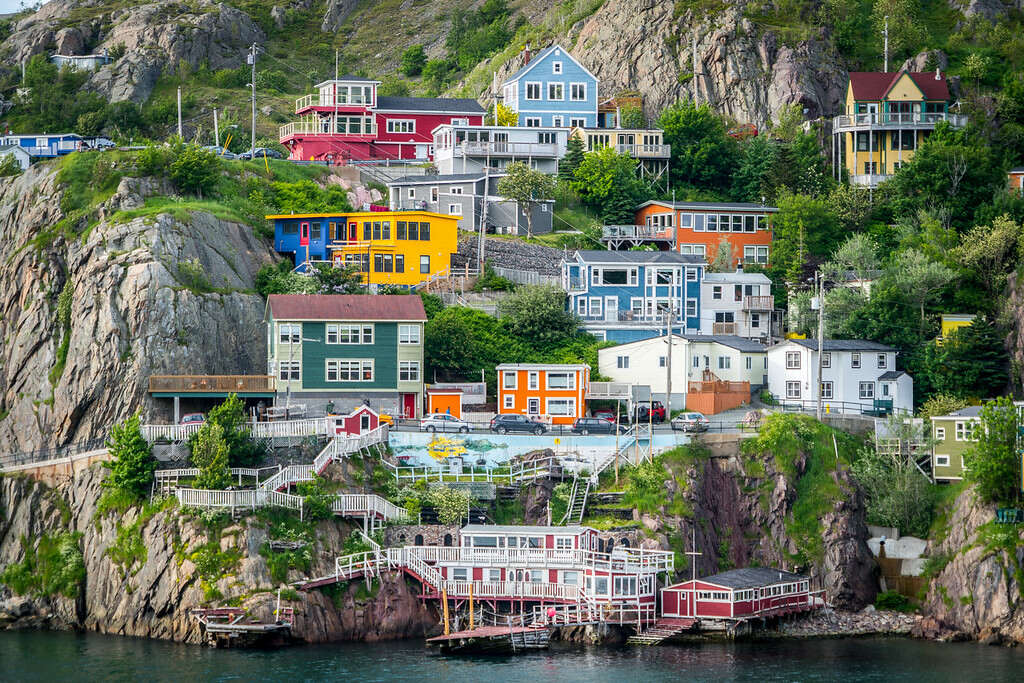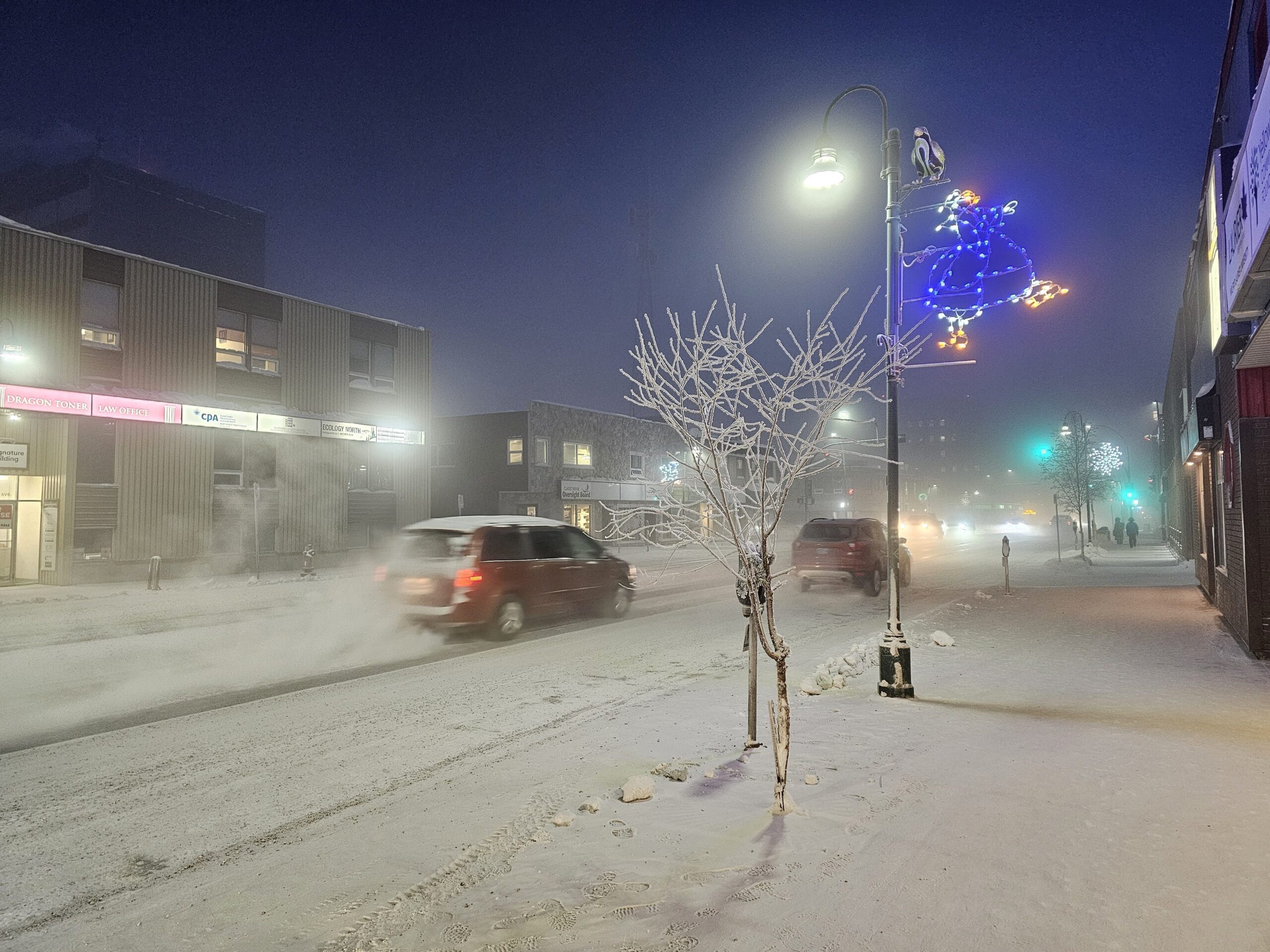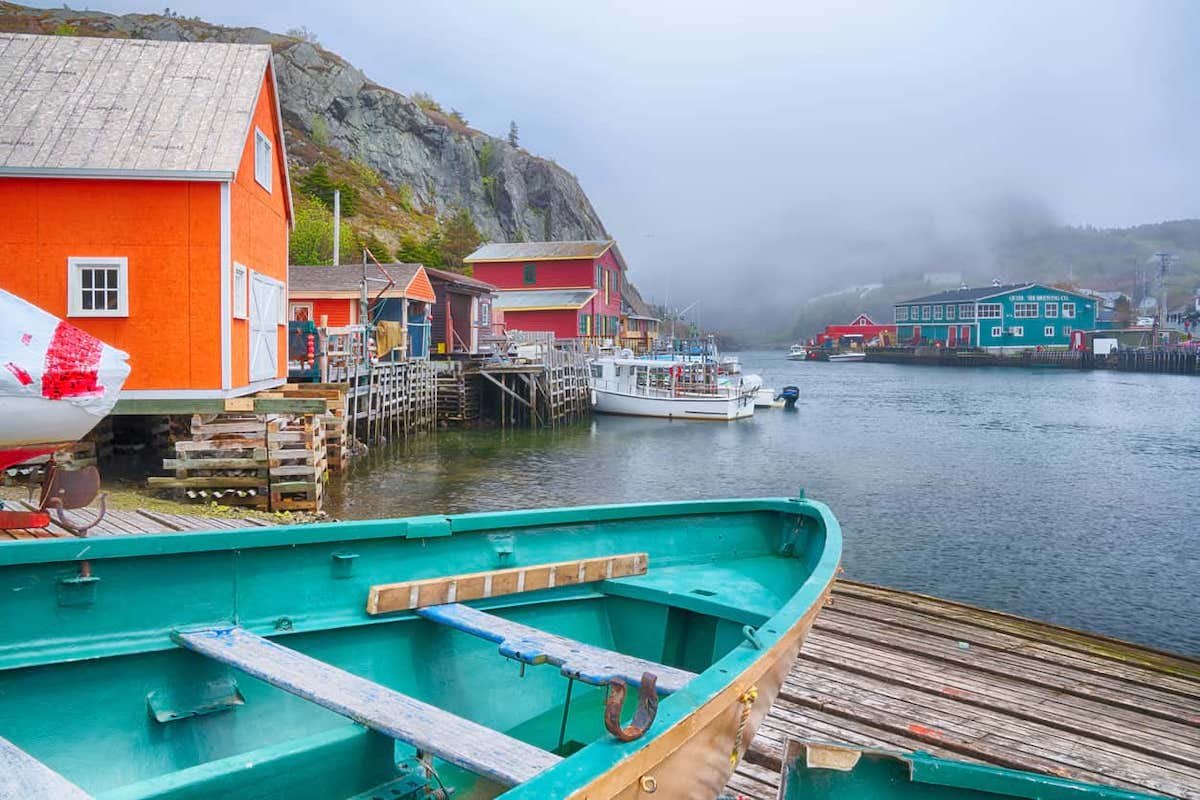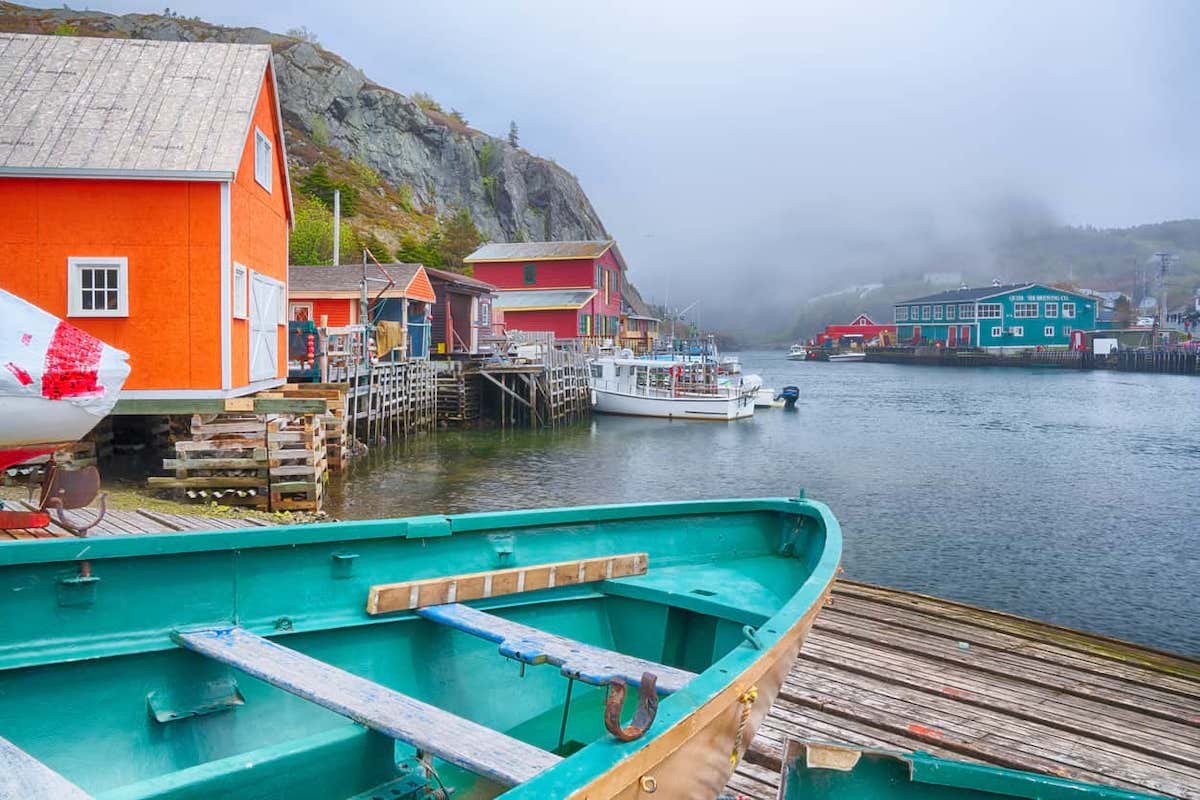- +1 866 773 7452
- info@immigrationexpress.org
- 666 Burrard St, Vancouver, BC V6C 2X8, Canada
We will strive to meet all your business necessities and plans. You can rely on easy accessibility to our qualified staff and prompt solutions to your problems.
The province comprises the island of Newfoundland and the continental region of Labrador, having a total size of 405,212 km2 (156,453 sq mi) As of January 1, 2024, the population of Newfoundland and Labrador was estimated to be 541,391

Newfoundland and Labrador, the easternmost province of Canada, is renowned for its rugged natural beauty and rich history. Comprising the island of Newfoundland and the mainland Labrador, this province boasts a diverse landscape featuring rocky coastlines, dense forests, and striking fjords. The capital city, St. John’s, located on Newfoundland, is the oldest English-founded city in North America and is famous for its colorful row houses, historic sites, and vibrant arts scene.
The province’s economy historically revolved around the fishing industry, thanks to its proximity to the rich fishing grounds of the Grand Banks. However, in recent decades, there has been a shift towards other sectors such as oil and gas, mining, and tourism. The discovery of offshore oil reserves has significantly boosted the province’s economy, attracting investment and creating jobs. Additionally, Labrador’s vast wilderness and mineral resources play a crucial role in the province’s economic landscape.
Culturally, Newfoundland and Labrador are unique within Canada. The province has a distinct cultural identity, shaped by its isolation and the strong influence of Irish, English, and Indigenous traditions. This is reflected in its music, folklore, and festivals. The warm hospitality of its residents, known as “Newfoundlanders” or “Labradorians,” adds to the charm of the region, making it a beloved destination for tourists seeking an authentic and picturesque Canadian experience.
Newfoundland and Labrador is a province located in the eastern part of Canada. It consists of the island of Newfoundland, which lies in the North Atlantic Ocean, and the mainland Labrador region, which is part of the Canadian mainland. Here’s a more detailed description of its location:
Newfoundland (Island):
Labrador (Mainland):
The province’s capital, St. John’s, is located on the easternmost part of the island of Newfoundland. This geographic position makes Newfoundland and Labrador the easternmost province in Canada.


Newfoundland and Labrador is a province located in the eastern part of Canada. It consists of the island of Newfoundland, which lies in the North Atlantic Ocean, and the mainland Labrador region, which is part of the Canadian mainland. Here’s a more detailed description of its location:
Newfoundland (Island):
Labrador (Mainland):
The province’s capital, St. John’s, is located on the easternmost part of the island of Newfoundland. This geographic position makes Newfoundland and Labrador the easternmost province in Canada.

Newfoundland and Labrador, located on the eastern edge of Canada, experiences a maritime climate influenced by its proximity to the Atlantic Ocean. The weather is characterized by relatively mild temperatures throughout the year, with cooler summers and milder winters compared to the Canadian mainland.
In summer, temperatures typically range from 15°C to 25°C (59°F to 77°F), while winter temperatures can vary from -5°C to 0°C (23°F to 32°F), though they can drop lower in the interior regions. The coastal areas, especially in Newfoundland, experience more moderate temperatures due to the ocean’s buffering effect.
The region is known for its high levels of precipitation, which include both rain and snow. Coastal Newfoundland, particularly on the island’s southeastern side, often experiences fog and mist, especially during spring and early summer. Snowfall is significant in winter, with inland and northern areas receiving the highest amounts.
The weather can be highly variable and unpredictable, with rapid changes often occurring due to the interaction between cold Arctic air and warmer maritime air masses. This results in frequent storms and strong winds, especially in winter, contributing to the rugged and dynamic nature of the region’s climate.

The cost of living in Newfoundland and Labrador can vary depending on the specific location within the province, such as St. John’s (the capital) versus more rural areas. Here are some general aspects to consider:
Healthcare services are publicly funded and free at the point of use for residents, but some supplementary services like dental and vision care may require private insurance or out-of-pocket payments.
Overall, while some costs in Newfoundland and Labrador, such as groceries and utilities, can be higher due to its remote location, other costs, like housing and education, can be more affordable compared to other Canadian provinces.

Newfoundland and Labrador is known for its stunning natural beauty, vibrant culture, and rich history. Here are some top things to do in the province:
Gros Morne National Park:
Iceberg Viewing:
Whale Watching:
L’Anse aux Meadows National Historic Site:
Signal Hill National Historic Site:
The Rooms:
Cape Spear Lighthouse National Historic Site:
Quidi Vidi Village:
George Street Festival:
Iceberg Festival:
Roots, Rants, and Roars Festival:
Viking Trail:
Irish Loop:
Fogo Island:
Cape St. Mary’s Ecological Reserve:
Newfoundland and Labrador is a province in eastern Canada, comprising the island of Newfoundland and mainland Labrador. Here are some key demographic details about the province:

Education in Newfoundland and Labrador is governed by the Newfoundland and Labrador Department of Education. The education system consists of several key components, including primary, elementary, secondary, and post-secondary education. Here’s an overview of each level:
Overall, the education system in Newfoundland and Labrador strives to provide high-quality education to all students, preparing them for future success in a rapidly changing world.

Keep searching around our data base as to see anything as target destionation to load. We can assist you when you choose to immigrate to Newfoundland and Labrador. We are offering professional consulting advice to help enhance your destination.
Complete our simple contact form and get in contact with one of our trusted immigration consultants that will help you make a decision.
Send us CV for Job Review
©2020. Canadian Immigration Express. All Rights Reserved.